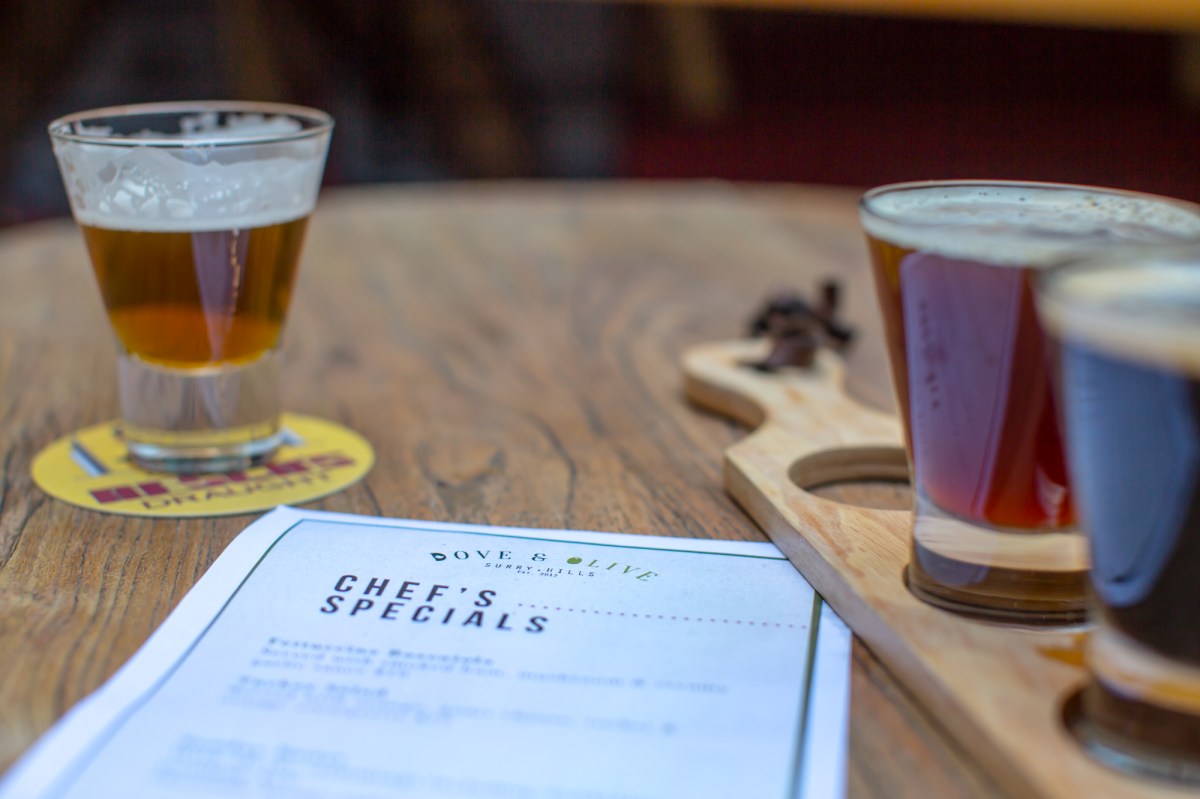By Charles Whitting
With so many craft beers on the market, building a range can seem daunting, but publicans should start small and local.
Australia’s craft beer scene is now so advanced that there are venues out there with more than 20 taps dedicated to craft beer. However, operators should avoid jumping straight in and attempting to recreate that level of diversity straight from the get-go, instead opting for a slower and more measured approach. First of all, a vast array of taps on a bar doesn’t guarantee a quality drinking experience for the customer. Indeed, having that many taps could result in some beers sitting in the cool room for too long, losing their flavour and thus damaging the reputation of the venue and the brewer. It is better to allow you, your staff and your customers time to get to know the new additions to the bar without running the risk of losses or wastage through lack of sales.
Think local
‘Craft’ itself can be quite a loaded word, so publicans might be better suited considering the local approach instead. The advantages of stocking local beers are numerous – emotional connections to your customer base, ease of transportation and communication, and the potential to build a longer-lasting relationship over time.
“Instead of thinking about craft, think local,” suggest Chris Deale, publican at Dove and Olive, Sydney. “Support your local breweries instead. If you use microbreweries in the area I guarantee they’ll advertise you to their customers and you might get a new crowd in. You’re supporting each other. It’s a win win for the local area.”
“It was always our plan to only stock Australian beers made by local brewers that have no association with multinationals,” adds Michael Rosenstein, co-owner of Stein’s Tap House in Barossa. “The local scene is now as good as anything made overseas with the added benefit of keeping the profits in Australia. The story behind each passionate local brewer is far more interesting when people understand that any monies generated in sales end up paying for someone’s kids sports uniform or generating another local job.”
Diversity is key
As well as considering the geographical potential of your beer range, it is also important to think about what kinds of beer you want to have on your bar. Stocking beers with an air of familiarity to them is a great way to take customers on a journey of exploration, so including a pale ale and a lager is essential. However, it is important that your different taps aren’t competing directly with each other and they each offer customers a unique drinking experience. It is better to have a lager, a pale ale and a stout than nine very similar pale ales, for example. Every beer on your bar has to be able to justify its existence there by offering customers something suitably different from the rest.
“We try to cover as diverse a range of beer styles as possible,” says Les Riddell, of Helsby’s Ale House in Brisbane. “We keep our keg orders to a minimum to allow us some flexibility to accommodate seasonal brews and to keep our taps rotating so there’s always something new and interesting for our patrons to try. While pale ale and IPA are the two most popular styles at the moment, we’re aware that not everybody enjoys hop forward, strongly flavoured beers. You’ll also find approachable styles like lager and pilsner, refreshing ciders and for the more adventurous, saison, stout and Berlinerweisse.”
What the customer wants
Ultimately, it is your customers parting with their hard earned cash that will have the greatest effect on what beers you are going to be stocking on your bar and in your fridges. It’s important to stick to your values, but there is no point bullishly trying to force beer that is too strong and too expensive or which has flavours that people just aren’t ready for yet. Talking to your customers allows you to gauge opinions about what’s working and what’s not, but can also lead to recommendations and requests for beers that could prove extremely popular in the future. The DOG Hotel in Randwick, Sydney, had a very different clientele to the Surry Hills sites in Good Beer Company’s portfolio. This resulted in a different approach to creating a range, that has subsequently proved more successful.
“When we first took over the DOG in Randwick we had a lot of beers on tap that had proven sales and great feedback from our other venues in Surry Hills but just were not getting any pull through the taps at the DOG,” says Nick Porter, licensee at DOG Hotel in Sydney. “We went back said: ‘This isn’t Surry Hills, let’s rethink what we are tapping’. For example, instead of double IPAs, we went for a session IPA. It was easier and more sessionable to drink for people new to craft beer, but also less expensive for the punter. Having different styles is also so crucial, especially when there are so many taps.”

